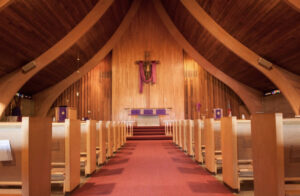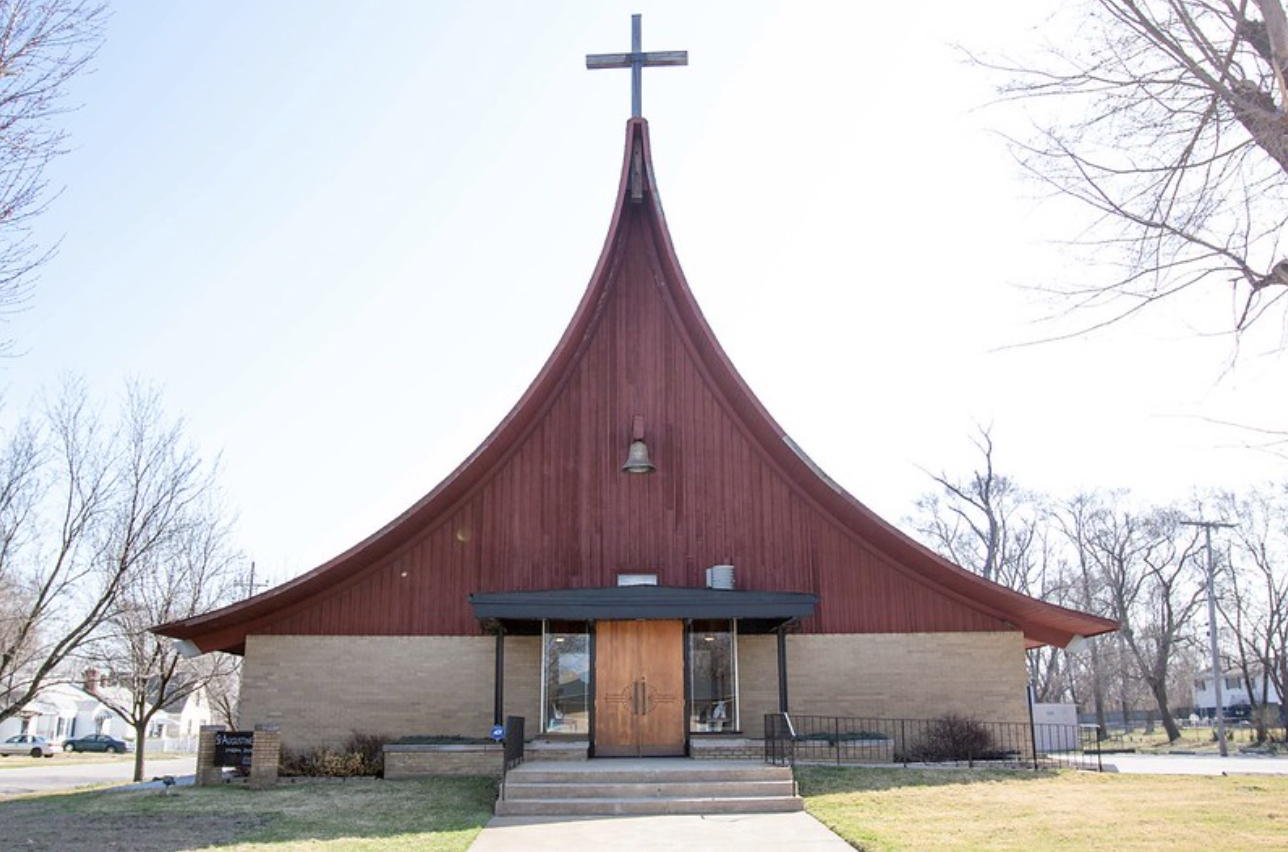At Optima®, we are continually fascinated by the architectural masterpieces that exemplify the harmony between design and the narratives they hold. Today, we cast the spotlight on an architectural gem from the Mid-century Modern era, St. Augustine’s Episcopal Church in Gary, Indiana, designed by Edward Dart.
In the steel town of Gary, just across the Illinois border from Chicago, 30 African-Americans chartered a new Episcopal mission in 1927. The congregation weathered its early years to grow strong and financially stable by the mid-1950s, leading to the decision to commission their own place of worship. The conception of this project was nurtured by the Great Migration, which saw many African-Americans migrating from the South to Gary, drawn by job opportunities in the thriving steel industry.
By 1955, St. Augustine’s (fondly referred to as ‘St. Aug’s’) embarked on the purchase of a pipe organ. When discussions veered towards the building of their own church, the organ sales representative suggested Edward Dart, an architect whose style would come to define the church’s distinctive look.
The collaboration between Edward Dart, a white architect from New Orleans, and St. Aug’s, a Black Episcopal mission, was unusual for the mid-1950s. Yet, over the course of four years, their shared vision resulted in an architectural design that incorporated local materials like Indiana limestone, honoring both the community’s roots and Dart’s signature style. Completed in 1959 at a cost of $120,000, St. Augustine’s Episcopal Church received the AIA Citation of Merit and the Church Architectural Guild’s Honor Award almost immediately.

Despite the acclaim, the church’s congregation remained largely unseen, their presence neutralized in the predominantly white architectural narrative of the era. This erasure was eventually rectified in 1961 when the mission was granted full parish status, two years after the building was completed. Today, the congregation stands strong and the church continues to radiate its original beauty.
At Optima®, we find structures like St. Augustine’s Episcopal Church deeply fascinating, serving as profound expressions of the era’s architectural ethos that enrich our understanding of space, design, and community. St. Augustine’s Episcopal Church remains an enduring testament to Dart’s genius, a beacon of the Mid-century Modernist spirit that continues to captivate architects and designers worldwide.

